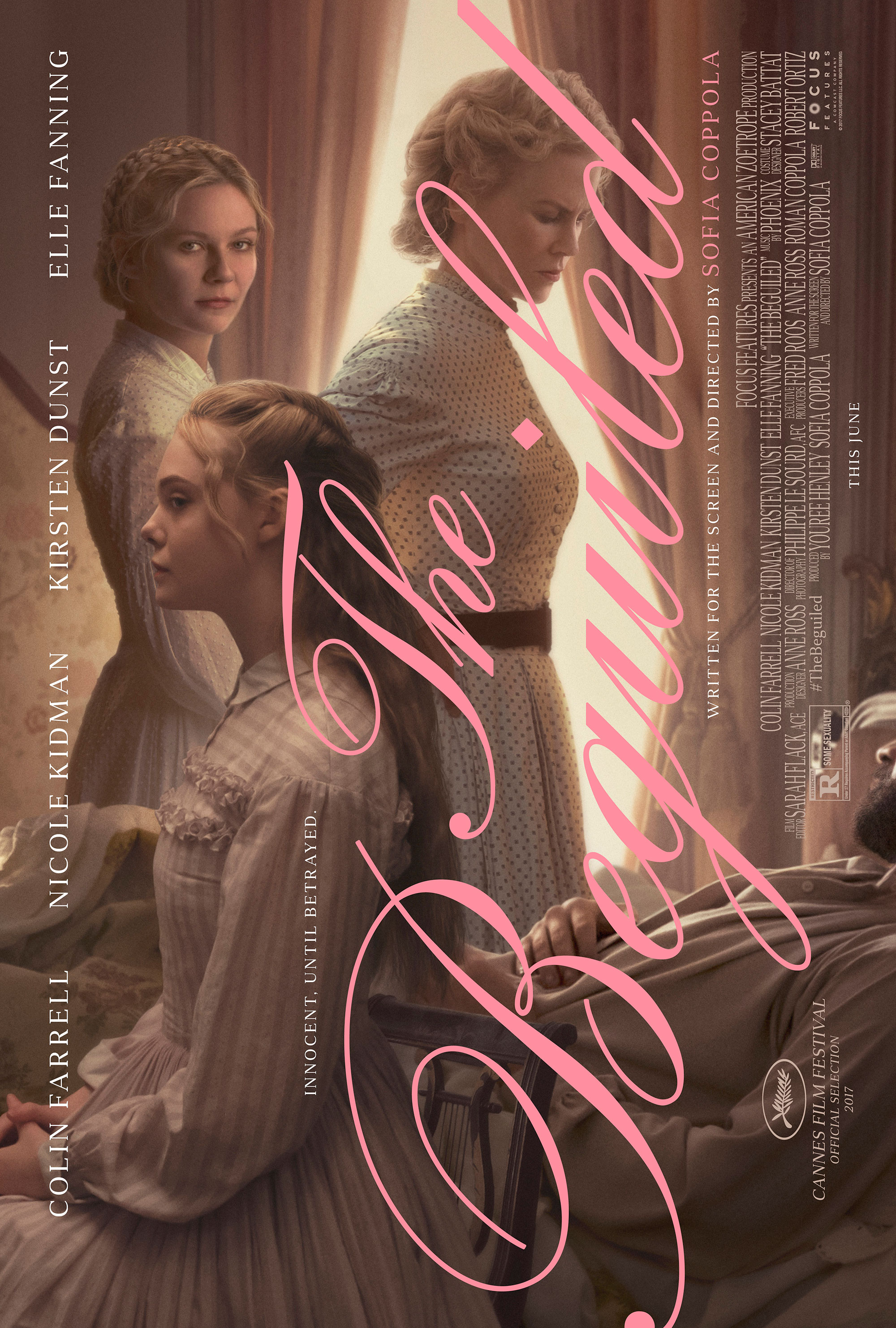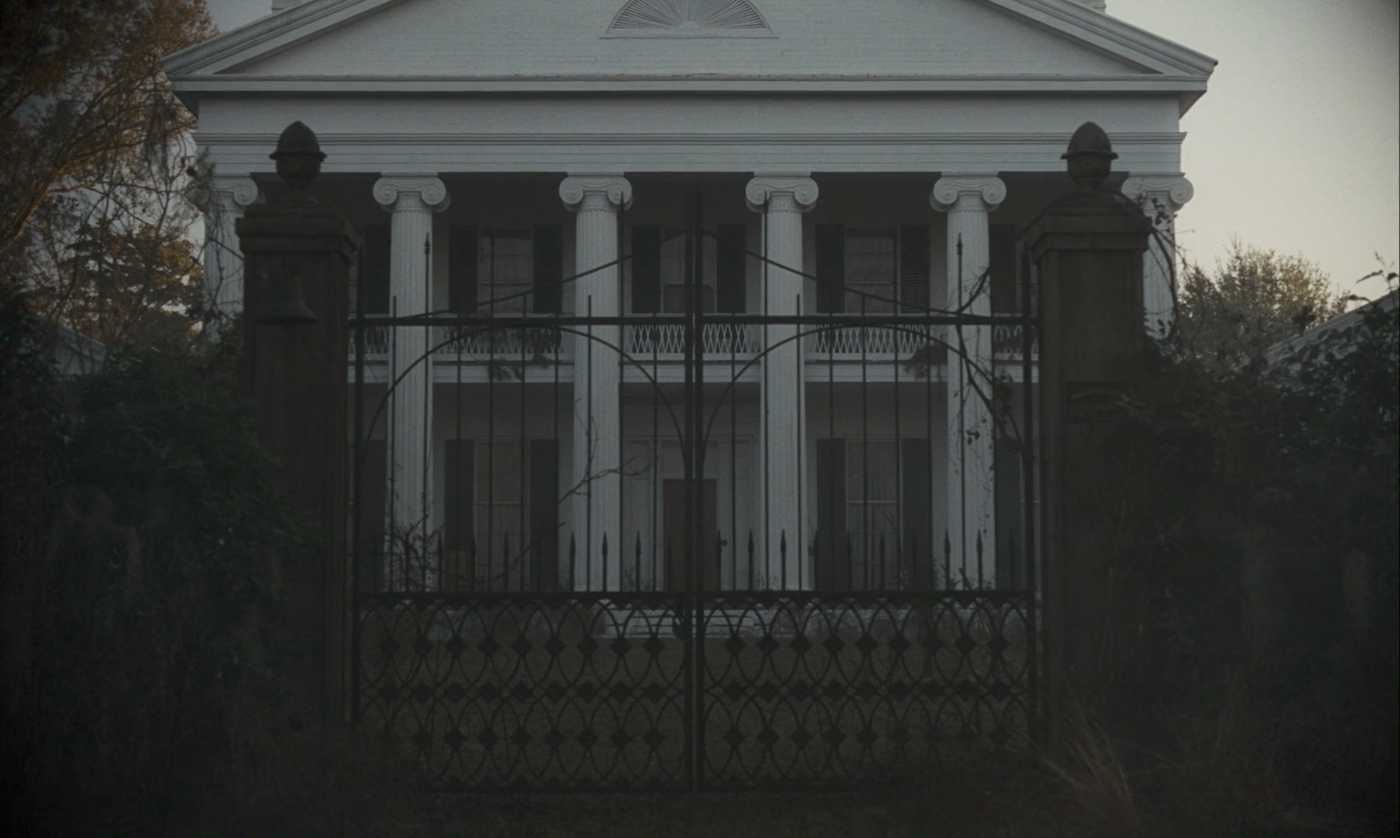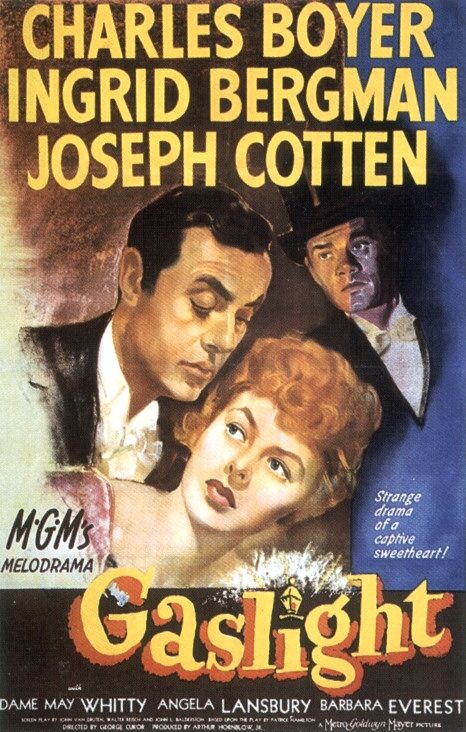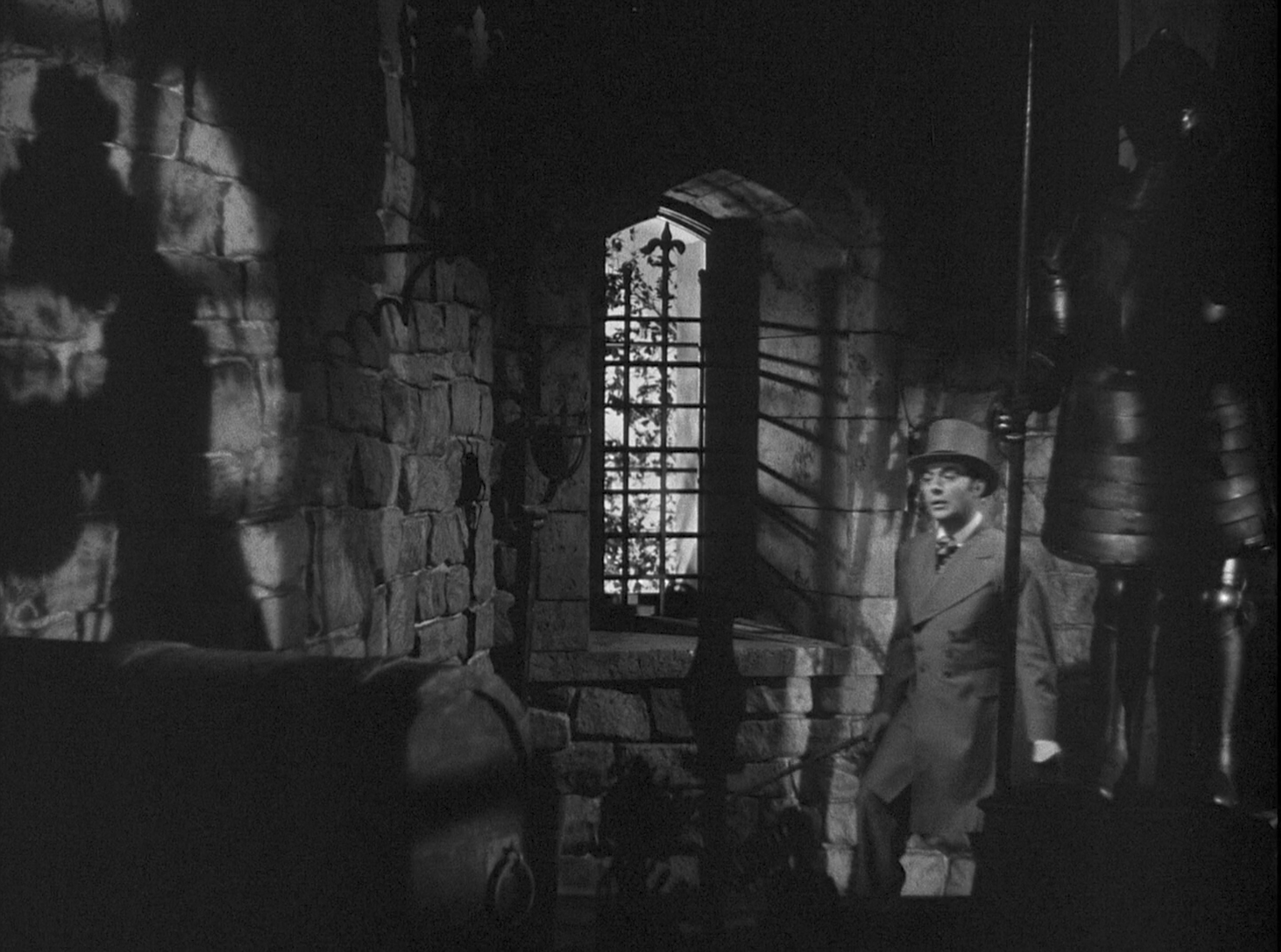The Furniture: Grotesque Extravagance in Fellini's Casanova
 Monday, November 6, 2017 at 10:40AM
Monday, November 6, 2017 at 10:40AM "The Furniture," by Daniel Walber, is our weekly series on Production Design. You can click on the images to see them in magnified detail. Since the Honorary Oscars are handed out next week, here's a Donald Sutherland film for you!
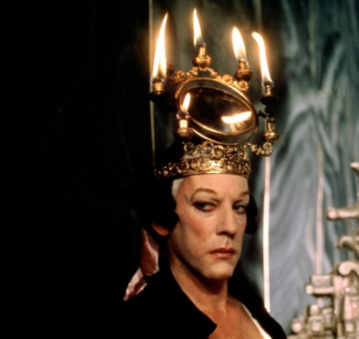 Federico Fellini didn’t much like Giacomo Casanova, the famously amorous subject of his meandering fantasy-biopic. The director may not have liked Donald Sutherland, either. The actor was required to shave his head and sport both a false nose and a false chin to play the long-winded lover. The costumes aren’t especially flattering either. Fellini’s Casanova is an erotic descent into Hell, a grotesque pageant of 18th century moral abandon. It frequently borders on the disgusting.
Federico Fellini didn’t much like Giacomo Casanova, the famously amorous subject of his meandering fantasy-biopic. The director may not have liked Donald Sutherland, either. The actor was required to shave his head and sport both a false nose and a false chin to play the long-winded lover. The costumes aren’t especially flattering either. Fellini’s Casanova is an erotic descent into Hell, a grotesque pageant of 18th century moral abandon. It frequently borders on the disgusting.
It was also on the edge of Oscar’s attention, sliding into only two categories. While Fellini’s Casanova did win for its costumes, its production design missed out entirely. Anyone betting that year would likely have lost money; La Dolce Vita, 8 ½ and Juliet of the Spirits were all nominated for both.
Though this sexualized panorama thrilled the costume designers, it may have shocked too many art directors. Like Sutherland’s performance, it’s proved to be a bit too much for the Academy. That’s a shame, because the contribution of legendary designer Danilo Donati is dazzling...







